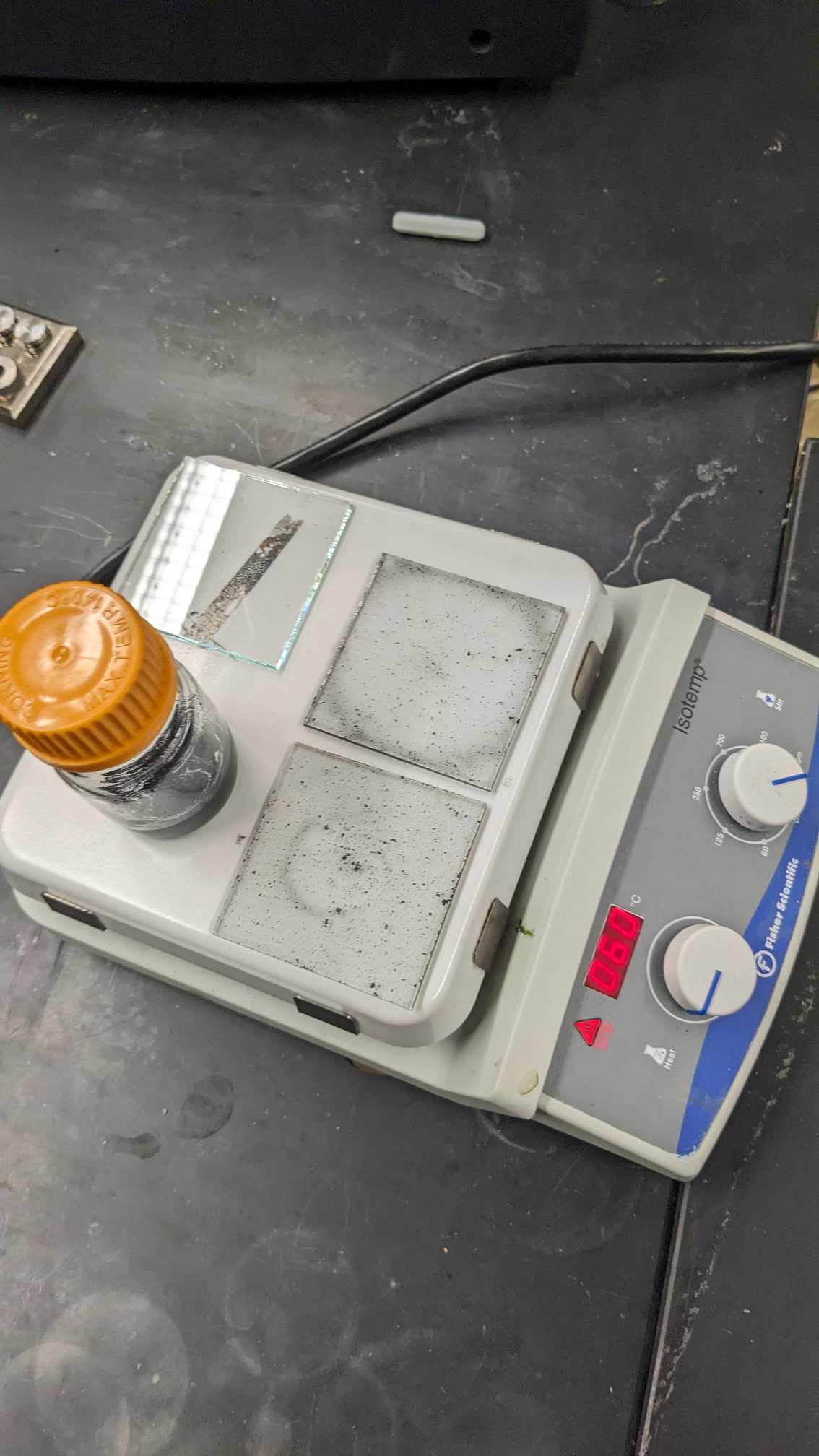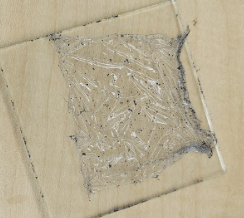Engineering Artificial Muscles
By Siri Duddella, Sankarshanaram Vempati
Long title: SPARK’EM: Simulating (nanocomposite) Polymers via Ab-Initio methods to realize to Realize high-(K)apacitance Elastomeric Artificial Muscles
Hydraulically amplified self-healing electrostatic actuators, or HASELs, are an emerging class of dielectric elastomeric actuators that mimic the behavior of human muscular systems. By permeating an electric field across a dielectric elastomeric “pouch” filled with dielectric oil, hydraulic pressure is developed and the actuator can support loads. However, generating this electrostatic potential requires a high voltage requirement (~25 kV) and a flexible yet robust elastomer, making implementing this useful soft-robotic actuator difficult in traditional low-voltage DC systems. This problem can be rectified by increasing the dielectric constant (k) of the elastomer via the integration of high-k nanomaterials with durable low-k thin-film elastomers, allowing the actuator to function at significantly lower voltages for thousands of cycles without breakdown. To develop a novel material for this task, we propose a computational pipeline utilizing quantum descriptors (density functional theory (DFT) calculated energy and polarizability) in conjunction with copolymer molecular dynamics to discover and model candidate materials. Piping this data into LAMMPS, a soft material and robotics simulator, we evaluate elastomer candidates' efficacy in robotic applications and select a final material, P(VDF-TrFE-CTFE) with Ti3C2Tx MXene, for thin-film synthesis and actuator integration. The result was an actuator that could perform linear compressions at only 1.1kV, a 96% decrease from 25kV in our original model. We also propose future research and testing of our model by tuning the ReaxFF parameters we used to match the QM model better, integrating more rigorous testing methods, and constructing a full-scale actuator.
Files and Resources
Files are coming soon!
Photo Gallery



Updates
June 3, 2024
Poster Link (non-FCPS): https://drive.google.com/file/d/1W3LaS4f8eu497b92ZeF9YcbPAhG-CCU6/view?usp=sharing
June 2, 2024
- We observed a 96% decrease in the voltage threshold (25kV to 1.1kV) using the thin film we synthesized!
